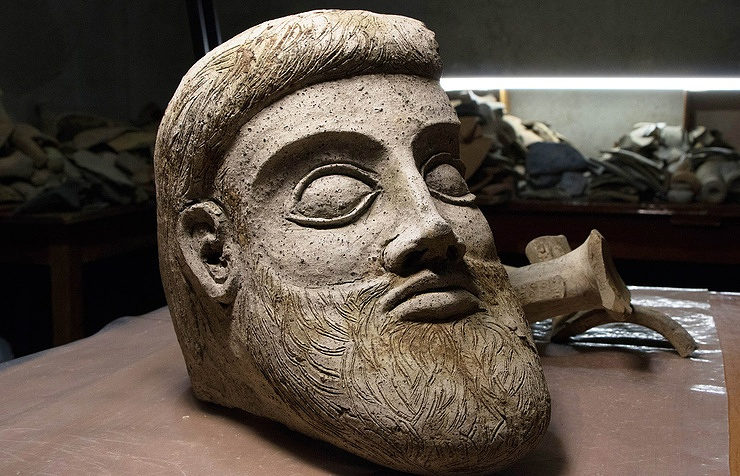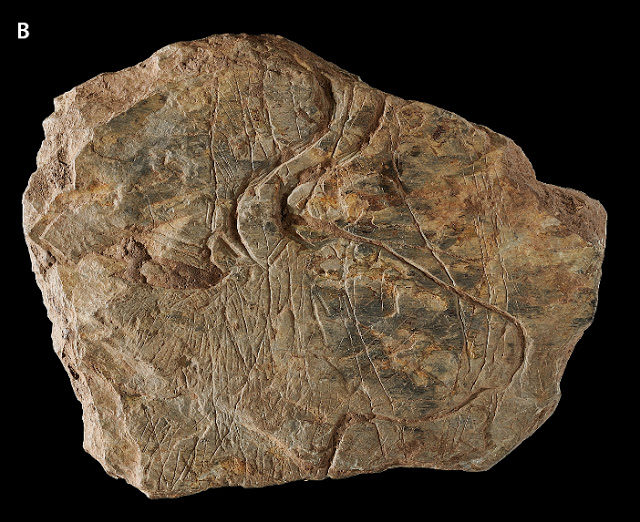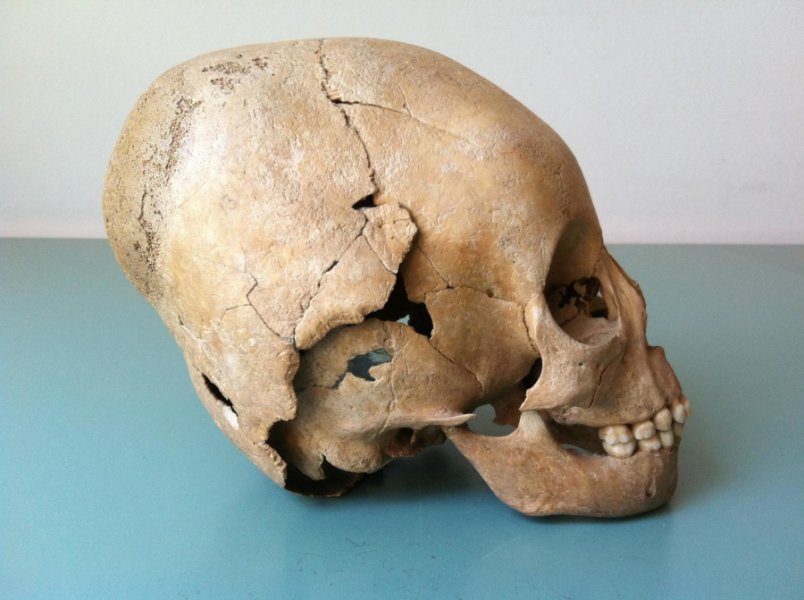
My Lai mural.
March 16, 2017, was the 49th anniversary of the My Lai Massacre, located in Quang Ngai Province, Vietnam. It was Saturday morning, March 16, 1968, when approximately 115 U.S. Army soldiers of the Americal Division's Charlie Company, 1st Battalion, 20th Infantry, landed in helicopters just outside the village of My Lai 4. Over the course of the next four hours, these American soldiers, and their Military High Command, who were flying overhead in helicopters observing the massacre, took part in a horror show far beyond the human imagination. They took the term, "War Crimes," and added a butcher shop to the equation of morbid extermination.
In essence, they became a U.S. version of the final solution. They committed an act of barbarity that would redefine the war in Vietnam. It would take years to decipher what happened that day, as denial is the elixir that protects us from experiencing national shame. It is these two words, "National Shame," that continues to hide the truth of what really happened in Southeast Asia.
This is what the U.S. Military did on that day on March 16, 1968. I use the word "We," because our taxes paid for the massacre, and our ignorance about the war wrote the check.
Among the dead were a hundred and eighty-two women, seventeen of them pregnant. A hundred and seventy-three children were executed, including fifty-six infants. Sixty older men were also murdered. The museum at My Lai includes the accounting of another important fact: there was another village located about a mile away from My Lai 4, called My Khe 4, that U.S. soldiers from Bravo Company on the same day, also committed atrocities. So, 407 were murdered at My Lai 4, and 97 were murdered at My Khe 4, for a total of 504 Vietnamese civilians. It also must be noted, that there were twenty rapes committed, not to include attempted rapes. I have chosen not to go into detail about how those executions were committed, or the torture and extreme suffering that was committed by American soldiers under Pentagon command. This butcher shop mentality would be extremely difficult to read and comprehend by most people. I will say this, and it is a quote from Larry Colburn, who was a door gunner on Hugh Thompson's helicopter that landed on the ground during the massacre, and attempted to stop the killing. These are Larry Colburn's words: " The only thing the U.S. soldiers did not do was cook them and eat them."





Comment: More on this atrocity: